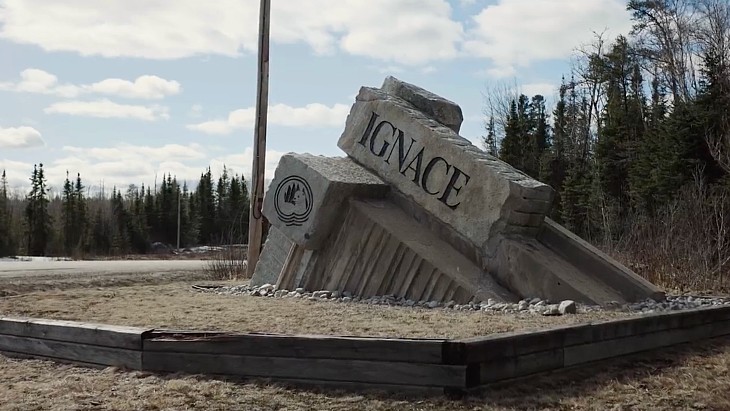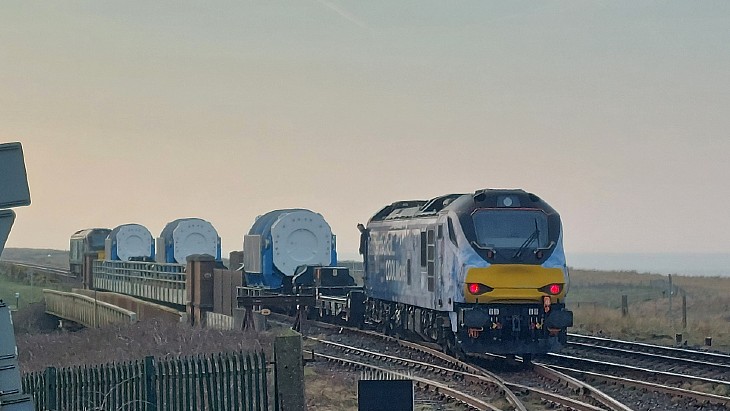NWMO makes recommendations on Canada's waste plans
.jpg)
While the majority of Canada's radioactive waste has long-term disposal plans, there are gaps - particularly with some low, intermediate and non-fuel, high-level wastes. These wastes are currently safely stored at licensed interim facilities.
In November 2020, then Minister of Natural Resources Seamus O'Regan requested NWMO - a not-for-profit organisation which is responsible under Canadian law for the long-term management of the nation's used nuclear fuel - to lead a dialogue to develop an integrated strategy for all Canada's radioactive waste through close collaboration among waste owners and producers, Indigenous peoples and other interested Canadians.
The engagement phase ran until the end of March 2021. A draft strategy was released for public comment in late 2022. Since then, refinements have been made in consideration of public feedback and to strengthen alignment with Canada's policy for radioactive waste and decommissioning, which was published by Natural Resources Canada on 31 March this year.
The strategy makes two key recommendations to address gaps in long-term waste disposal plans. Firstly, it recommends intermediate-level and non-fuel, high-level waste be disposed of in a deep geological repository with implementation by NWMO. This recommendation would include a consent-based siting process. Secondly, it recommends that low-level waste be disposed of in multiple, near-surface disposal facilities, managed by waste generators and waste owners.
The strategy includes four principles to support effective implementation of these recommendations. Consent of the local communities and Indigenous peoples in whose territory future facilities will be planned must be obtained through the siting process. The design of facilities should prioritise the protection of water. Long-term "caretaking" should be established for disposal facilities. The strategy states that action must be taken now to deal with these wastes and not left for future generations.
"The integrated strategy is the first of its kind for Canada and is informed by more than two years of engagement with Canadians, Indigenous peoples, and waste generators and owners, as well as detailed studies of both technical considerations and international best practices," NWMO said.
"We want to thank all those who contributed to the development of this strategy over the past two years," said Sara Dolatshahi, NWMO's director of strategic projects. "The strategy and recommendations put forward to the Minister of Natural Resources reflect what we heard is most important to Canadians and Indigenous peoples when considering how Canada's radioactive waste is managed safely, responsibly, and effectively in years to come."
"The NWMO's work is guided by science, international best practices, and what is most important to Canadians and Indigenous peoples," added NWMO CEO Laurie Swami. "Our values of safety, integrity, excellence, collaboration, accountability, and transparency were central to the design and implementation of the engagement process that supported the development of the Integrated Strategy for Radioactive Waste. We look forward to hearing back from government and supporting the next steps in the implementation of this strategy."
_17992.jpg)
_75800.jpg)








_50521.jpg)

